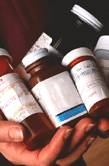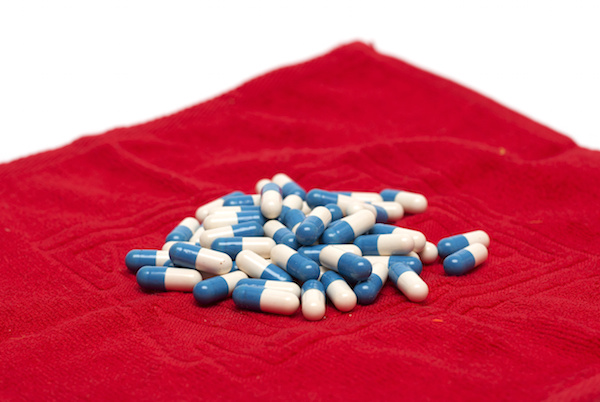
THURSDAY, June 17 (HealthDay News) — Recent years have seen a steep rise in U.S. emergency department visits by people abusing prescription pain drugs such as OxyContin, Vicodin and Dilaudid, a new report finds.
In fact, between 2004 and 2008 the abuse of opioid medications like these increased more than 111 percent overall, and a whopping 29 percent during 2007-2008 alone, the researchers say.
“What we are seeing is a startling increase in the number of emergency room visits for non-medical use of narcotic pain relievers,” said Peter Delany, director of the Office of Applied Studies at the U.S. Substance Abuse and Mental Health Services Administration (SAMHSA), which along with the U.S. Centers for Disease Control and Prevention (CDC) collected the data for the report.
“This is a significant public health concern,” he said. “So much of a concern that this is one of the center points of the Office of National Drug Control Policy’s strategies to look at prevention and treatment.”
The study used data from SAMHSA’s Drug Abuse Warning Network (DAWN) emergency department system, which examined emergency department visits for non-medical use of prescription drugs.
The increase in emergency room visits occurred among both men and women and was seen across the age spectrum, including teens and young adults, the researchers found.
According to the report, the estimated number of emergency room visits for the non-medical use of opioid pain killers rose from more than 144,600 in 2004 to almost 306,000 in 2008.
Misuse of oxycodone (brand name OxyContin) rose 152 percent between 2004 and 2008, to more than 105,000 emergency room visits. For products containing hydrocodone (Vicodin, for example) emergency department visits rose 123 percent, to more than 89,000; and for the heroin-substitute methadone emergency department visits rose 73 percent, to close to 64,000, according to the report.
For one drug, hydromorphone (Dilaudid), emergency room visits for misuse soared by 259 percent over the four years of the study, Delany said.
This has been a growing problem, he added. “We have a lot of data now that people are misusing prescription drugs and the rate is growing,” he said. “We are also starting to see this happen in treatment. We are seeing more people coming in to drug treatment because of prescription drug misuse,” Delany added. Much of this problem is the result of the increased availability of these medications, he explained.
“We know that some young kids are taking these things from their parents’ medicine cabinets,” he said. “We know that some people have them left over and they are making their way into non-medical use.”
In addition, some people may be selling the unused portion of their prescription, Delany added.
“We really need to think about how you appropriately use the medication and if you have leftover medication how do you get rid of it safely,” he said. “These are pretty powerful drugs. These aren’t anything to mess with.”
Drug companies have tried creative ways to stem the abuse of these drugs. The U.S. Food and Drug Administration recently approved a reformulated form of OxyContin that is designed to prevent tablets from being cut, broken, chewed or dissolved.
This should prevent the faster high gotten by crushing the pills, Delany noted, but it won’t prevent the “usual high” obtained after swallowing them. “That doesn’t mean it’s still not a problem if you swallow it,” he said.
Dr. David L. Katz, director of the Prevention Research Center at Yale University School of Medicine, said that “more attention should be directed to the hazards of prescription and over-the-counter drugs, so that their hazards are as well and widely known, and as respected by parents and children alike, as those of illicit drugs.
“However, we should be careful that in our efforts to keep prescription drugs out of the wrong hands, we don’t withhold them from those in true need,” Katz added. “Both narcotic abuse and inadequate treatment of chronic pain are important problems, and we should not fix one by compounding the other.”
Delany believes doctors must discuss the proper use of these painkillers with their patients. Pharmacists are also key educators and can tell patients how to dispose of the unused portion of a prescription, he said.
The problem of drug misuse also takes its toll on children. Earlier this month a CDC report found that one in five high school students in the United States has taken a prescription medication that was not prescribed for them.
And last August the CDC reported that the leading cause of accidental poisonings among American children can be found in the family medicine cabinet.
Each year in the United States, more than 71,000 children aged 18 and younger are seen in emergency rooms for unintentional overdoses of prescription and over-the-counter drugs, according to the report.
More information
There’s more on safely disposing of prescription drugs at the U.S. Food and Drug Administration.

